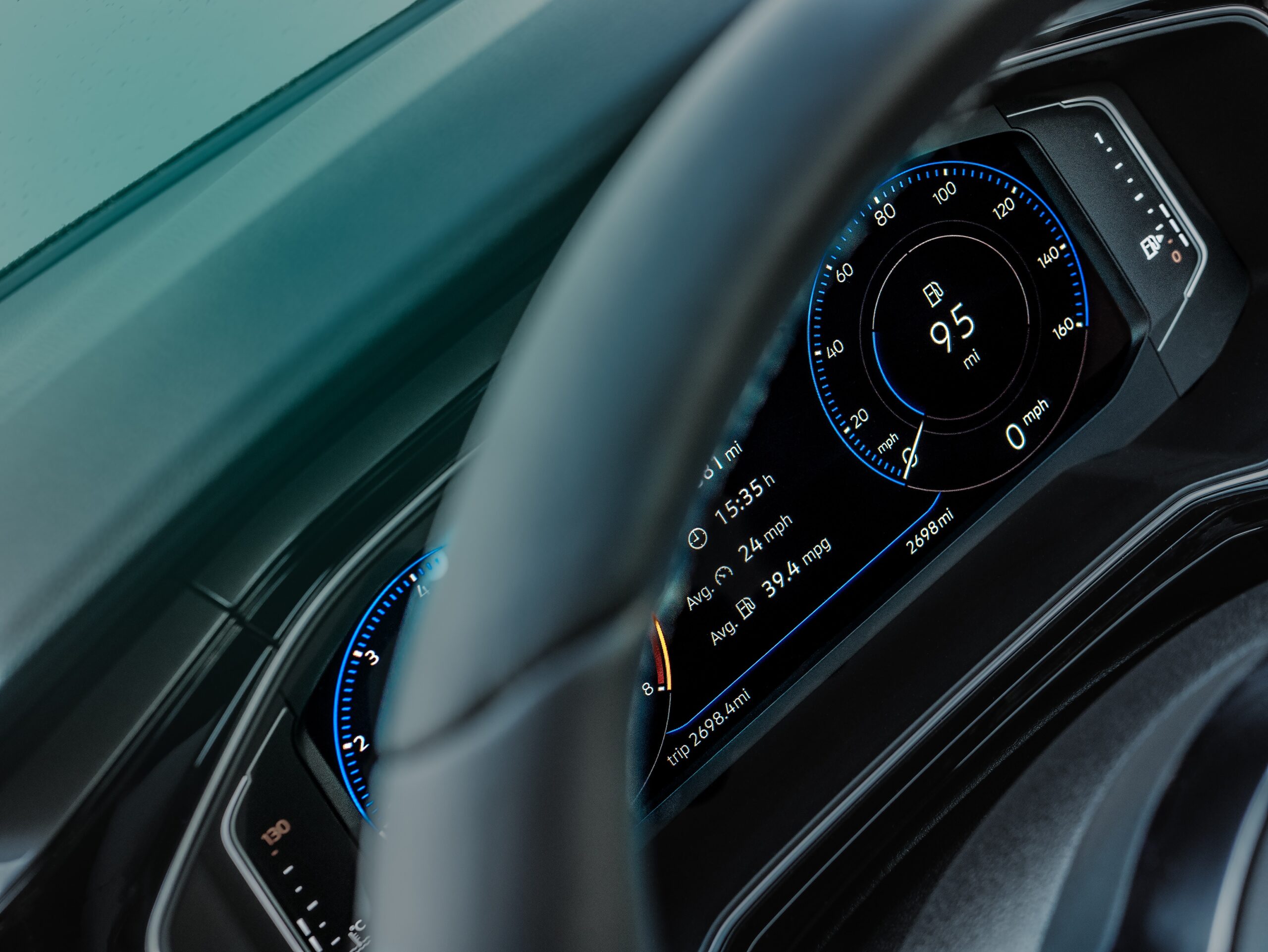By: Hiawatha Bray
| Electric car owners constantly fret over keeping their vehicle’s battery charged. In Alex Gruzen’s world, they won’t even think about it. Gruzen is chief executive at WiTricity, a Watertown company that designs wireless charging systems. Like Wi-Fi, which delivers internet data without wires, WiTricity uses magnetic fields rather than cables to give batteries a boost. Millions of people already recharge their smartphones this way, by placing them on a charging pad. Now, several Asian carmakers are using the WiTricity system to let drivers recharge their electric vehicles the same way: Just park the car directly above a charging pad at night, and forget about it. “I park it, I walk away, I come back to a fully charged car,” said Gruzen. “It’s like having an infinite-range car.” Early adopters include South Korean giant Hyundai, which offers the Genesis GV60 electric car with WiTricity wireless charging through a rental car company in its home market. Two major Chinese automakers, FAW, and IM Motors, are also offering cars with wireless charging. Another Chinese firm, YuTong Bus, is building self-driving shuttle buses with the WiTricity system included. Gruzen said he’s working with other major automakers who plan to bring the technology to American drivers, and enable hands-off recharging for homeowners, apartment dwellers, and commercial fleet operators. “Our automaker customers expect to launch in about three years,” he said, but added that because of strong EV sales and the global push to decarbonize transportation, “they may all accelerate.” WiTricity, founded in 2007, was spawned from innovations developed at the Massachusetts Institute of Technology. The system uses a charging coil that that emits a magnetic field which operates at a precise frequency. A nearby receiver coil is tuned to resonate at the same frequency and convert the incoming energy into electric current. Early versions were quite inefficient, transmitting only about 40 percent of the energy fed into the system. But these days, WiTricity claims it can transmit power to a receiver with over 90 percent efficiency. That’s about the same as you’d get from a plug-in car charger. And because the magnetic field only feeds power to the resonating coil, the charger has no effect on humans or nearby objects. A car owner with a charging pad in his driveway or garage would simply drive into position, with help from a smartphone app or a dashboard video screen to make sure the car was correctly aligned. The charging pad starts automatically and performs like a plug-in Level 2 car charger, delivering about 10 kilowatts of power to the battery. That’s enough to add 30 to 35 miles of driving range to the vehicle in one hour of charging. And that’s roughly the average round-trip commuting distance in the US. The WiTricity system can also be used for Level 3 fast charging, similar to Tesla’s Supercharger system. Such chargers may be deployed for recharging commercial fleets, at facilities that can afford the beefy transformers and power cables needed by Level 3 chargers. Gruzen joined WiTricity in 2011, after a long career in consumer electronics. Between 1996 and 2010, he ran the laptop computer operations of Compaq, HP, and Dell. In that time he saw Wi-Fi go from a costly add-on to a dirt-cheap standard feature found in every computer. With WiTricity, “I feel like I’m going on the same journey 20 years later,” Gruzen said. Sam Abuelsamid, who tracks the electric car industry for Guidehouse Insights in Detroit, isn’t quite as optimistic. “I think most people think it’s a good idea,” said Abuelsamid. “The problem is justifying the cost.” At present, wireless car charging isn’t cheap. A WiTricity charger costs around $2,500. Add installation costs, and setup would run around $4,000. That’s about double the cost of putting in a plug-in Level 2 home charger. And adding wireless charging capability to the car will boost the price of the vehicle by around $1,000, according to Gruzen. “You’re talking about a thousand, two thousand extra for the convenience of wireless charging that is not essential,” said Abuelsamid. “And you still need the charging port anyway,” to recharge when the car is far from home. Gruzen acknowledges that upfront costs will be high at the beginning. That’s why the company will first focus on getting wireless charging installed in luxury cars and commercial vehicles. But as costs come down, Gruzen believes, wireless car charging will become as commonplace as cupholders. “We’ll go from, ‘This is a cool upsell feature’ to ‘I can’t sell a car if it doesn’t have it.’” he said. |


